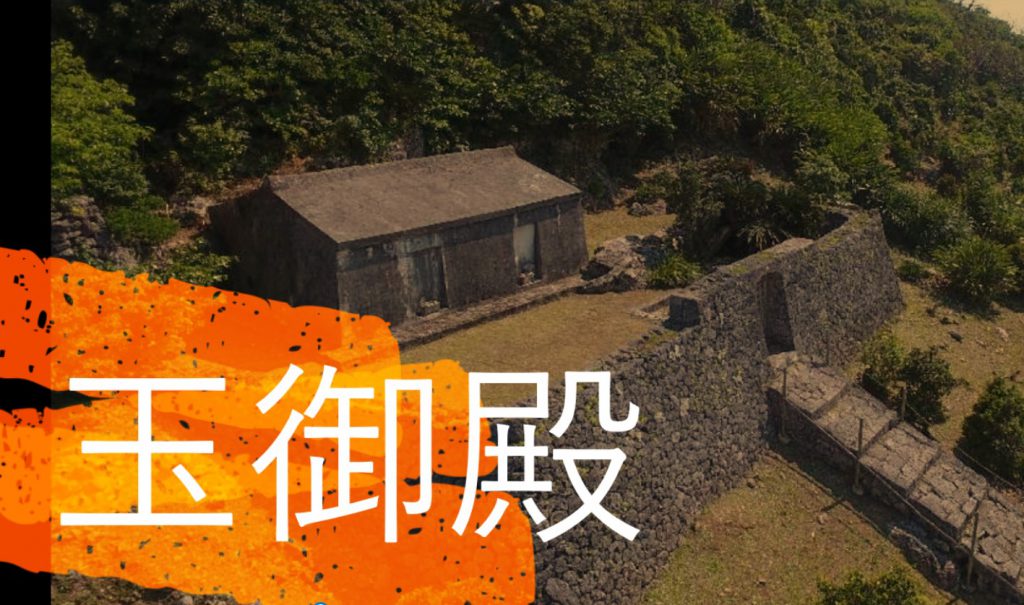(from Japanese Wikipedia, translation by Andreas Quast)
Udun is a term mainly used as a name for the residences of Ryūkyū royal family members, or otherwise as a honorary title for the people who live there.
Overview
Udun generally refers to the residence of a person in the status of an ōji or aji and a relative of the king of Ryūkyū. For example, the residence of Nakijin Ōji is called Nakijin Udun, and the residence of Motobu Aji is called Motobu Udun. It also refers to the side residences of the king as well as the residence of the high-priestess (kikoe ōgimi). The following are the main examples of this kind of residence.
- Nakusuku Udun. The residence of Nakagusuku Ōji (the title of the heir apparent).
- Sashiki Udun. A building to administer the official duties of the queen.
- Ōmi Udun. Side residence of the king.
- Sakiyama Udun. Side residence of the king. Aka Ochaya-udun, Eastern Gardens.
- Shikina Udun. Side residence of the king. Aka Shikina-en, Southern Gardens.
- Kikoe Ōgimi Udun (Chifuijin Udun). Residence of the high-priestess (kikoe ōgimi).
- Uchima Udun. Built at the site of the former residence of King Shō En (1415-1476).
Most Udun were built to the north (nishikata in Ryūkyū dialect) of Shuri Castle, namely in Tōnokura village, Ōnaka village, and Akabira village. The size of one Udun was approximately 1,000 tsubo (3300 m2), with one large, one medium, and one small gate, and the building itself was about 200 tsubo (600 m2).
Honorary title
As an honorary title, the Udun was mainly used in spoken language to refer to an ōji or aji. Just as the emperor of Japan was referred to as Kinri (Imperial Palace) or Mikado (the gates of an imperial residence), that is, in terms related to his residence, it is believed that calling someone directly by his court rank was unthinkable. It was also used for the queen, the wife of the king, heir apparent, princes, and other royal relatives. For example, the following is the example of Ginowan Ōji.
- Ginowan Udun: Prince Ginowan (Ginowan Ōji).
- Eso Udun: Prince Ginowan’s wife.
- Mahae Udun: Prince Ginowan’s mother.
- Wakugawa Udun: Prince Ginowan’s oldest son.
In this way, the main persons of the prince’s family were also called by the honorary title of Udun.
Udun in the closing years of the kingdom
At the end of the Kingdom, there were 28 Udun houses (2 ōji houses and 26 aji houses) [1]. The details are as follows:
- Ie Udun (Ie Ōji)
- Nakijin Udun (Nakijin Ōji)
- Oroku Udun (Oroku Aji)
- Yuntanza Udun (Yuntanza Aji)
- Yoshimura Udun (Yoshimura Aji)
- Yonagusuku Udun (Yonagusuku Aji)
- Tomigusuku Udun (Tomigusuku Aji)
- Ōsato Udun (Ōsato Aji)
- Urasoe Udun (Urasoe Aji)
- Tamagawa Udun (Tamagawa Aji)
- Kunigami Udun (Kunigami Aji)
- Ōmura Udun (Ōmura Aji)
- Motobu Udun (Motobu Aji)
- Misato Udun (Misato Aji)
- Haneji Udun (Haneji Aji)
- Nago Udun (Nago Aji)
- Kin Udun (Kin Aji)
- Mabuni Udun (Mabuni Aji)
- Nakazato Udun (Nakazato Aji)
- Goeku Udun (Goeku Aji)
- Ōgimi Udun (Ōgimi Aji)
- Gushichan Udun (Gushichan Aji)
- Makabe Udun (Makabe Aji)
- Tamagusuku Udun (Tamagusuku Aji)
- Gushikawa Udun (Gushikawa Aji)
- Takamine Udun (Takamine Aji)
- Kushi Udun (Kushi Aji)
- Katsuren Udun (Katsuren Aji)
In addition to the above, immediately before and after the abolition of the Ryūkyū feudal domain and establishment of Okinawa prefecture, the second son of King Shō Tai, Shō In (1866–1905), was named Ginowan Udun, and his fourth son, Shō Jun (1873–1945) was named Matsuyama Udun.
Footnotes
[1] Ryūkyū Hanshin Karoku-ki (1873)
Bibliographical references
- Okinawa Daihyakka Jiten Kankō Jimukyoku-hen: Okinawa Daihyakka Jiten (Large Encyclopedia of Okinawa, 1983). Okinawa Taimusu-sha, 1983.
- Miyazato Chōkō (ed.): Okinawa Monchū Daijiten (Large Dictionary of Paternal Kinship Groups of Okinawa). Naha Shuppan-sha, 1998. ISBN 978-4890951017.
- Higa Chōshin: Shizoku Monchū Kafu (Genealogies of Patrilineal Kinship Groups of the Shizoku Class). Kyūyō Shuppan, 2005. ISBN 978-4990245702.
Related items
- Aji
- Ryūkyū royal family
- Tunchi
Translator’s note
Another well-known structure using the designation “Udun” is the Tama Udun in Shuri, which is the tomb for the 2nd Dynasty of the Royal Shō-clan. Lesser known is that there is also a Tama Udun on Izena Island. It was built in 1688 as the tomb for Shō Shoku, the father of King Shō En, the first king of the 2nd Dynasty of the Royal Shō-clan. It is located at the northern foot of Izena Castle ruins. It is a gable tomb with a triangular roof and made from piled-up Ryūkyū limestone finished with plaster.

© 2020, Andreas Quast. All rights reserved.
